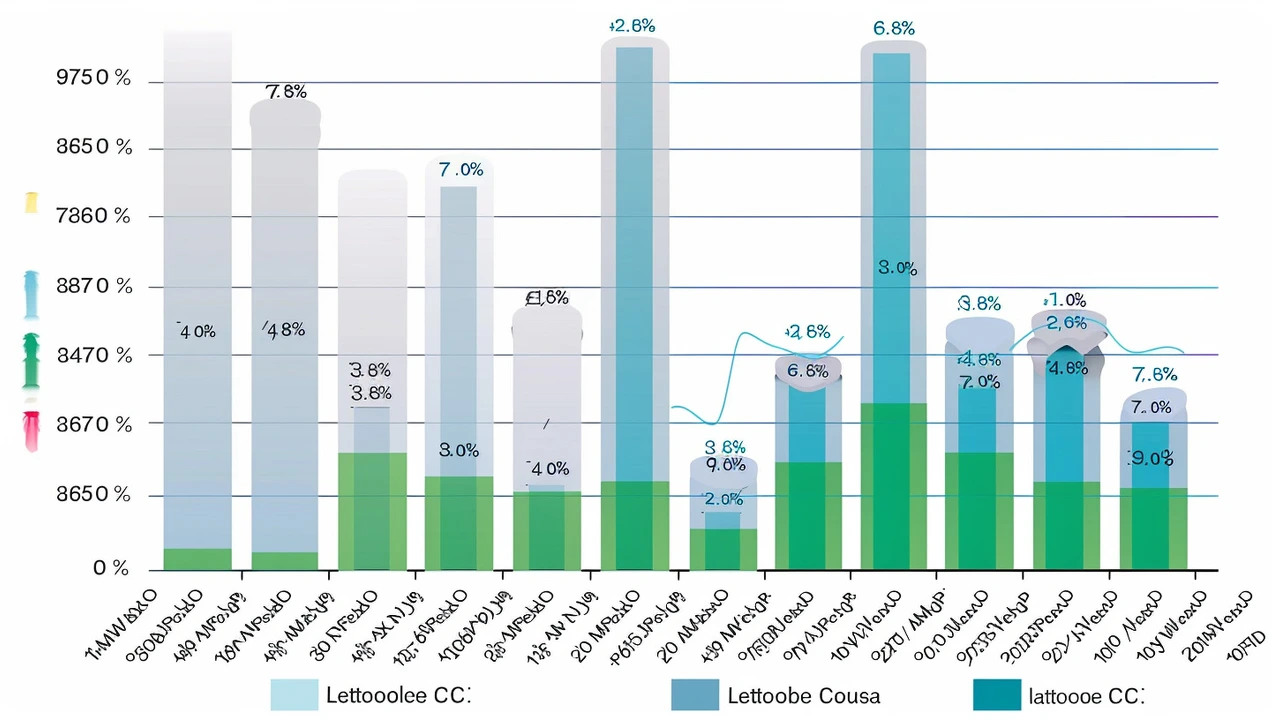Technology Trends Shaping Health and Data Exchange
Did you know a single typo in a data file can mess up a medical device? That’s why tech matters more than ever in health. In this page we break down two hot topics: making JSON work for everyone and the gadgets that help people with Parkinsonism live easier.
JSON Interoperability – Why It Matters
If you’ve ever copied a code snippet and it refused to run, you’ve felt JSON pain. JSON is supposed to be simple text, but different programs read it in slightly different ways. Those tiny mismatches can cause data loss, wrong dosage info, or broken patient portals.
We’re seeing more standards like RFC 8259 being adopted, which spell out exactly how characters, numbers and null values should look. When developers follow those rules, a lab result sent from one system lands unchanged in another. The bottom line? Less back‑and‑forth fixing, faster care.
Want to protect your data exchange? Start by validating every JSON file against a schema before you send it. Use tools that flag non‑standard characters early, and keep an eye on version updates from the standards bodies. A few minutes of checking now saves hours of troubleshooting later.
Tech Tools for Parkinsonism Care
Technology isn’t just about code – it’s also about devices you can wear or use at home. Deep brain stimulation (DBS) has turned into a routine option for many patients, cutting tremors without heavy medication.
Wearable sensors are another game‑changer. They track movement, sleep quality and even stress levels, sending the data straight to your doctor’s dashboard. That real‑time feedback lets clinicians adjust therapy before problems snowball.
And don’t forget telemedicine. A video call with a neurologist can replace a trip to the clinic, saving time and reducing infection risk. The combination of remote monitoring and virtual visits creates a care loop that feels personal, even when you’re miles apart.
If you’re looking into tech for Parkinsonism, ask your provider about FDA‑cleared devices, check user reviews, and start with one feature at a time. Too many gadgets at once can overwhelm both patient and caregiver.
Both JSON standards and health gadgets share a common thread: they aim to make information flow smoother so you get the right treatment faster. By paying attention to data rules today, you set the stage for tomorrow’s medical breakthroughs.
Ready to put these ideas into practice? Review the JSON files you exchange at work, test one wearable sensor, and see how a small tech tweak can boost your health routine. Small steps add up to big improvements.
First generic entry causes prices to drop sharply at launch because competitors offer nearly identical products at 40-80% lower costs. This trend is reshaping software, electronics, and cloud services.
Nov, 16 2025
This article delves into the challenges of JSON (JavaScript Object Notation) interoperability due to parsing differences. It discusses the impact of non-standardized parsing on data exchange and outlines strategies for enhancing compliance and reducing risks in JSON data interchange.
Mar, 22 2024
In today's blog post, I want to shed light on the significant role technology plays in managing and treating Parkinsonism. Over the years, we've seen advancements in technology that have greatly improved the quality of life for those living with the condition. For instance, deep brain stimulation has proven effective in reducing motor symptoms, while innovative wearable devices are being developed to monitor and manage symptoms. Moreover, telemedicine has made it possible for patients to receive professional care from the comfort of their homes. It's truly remarkable to witness how technology continues to pave the way for better Parkinsonism management and treatment options.
May, 15 2023


